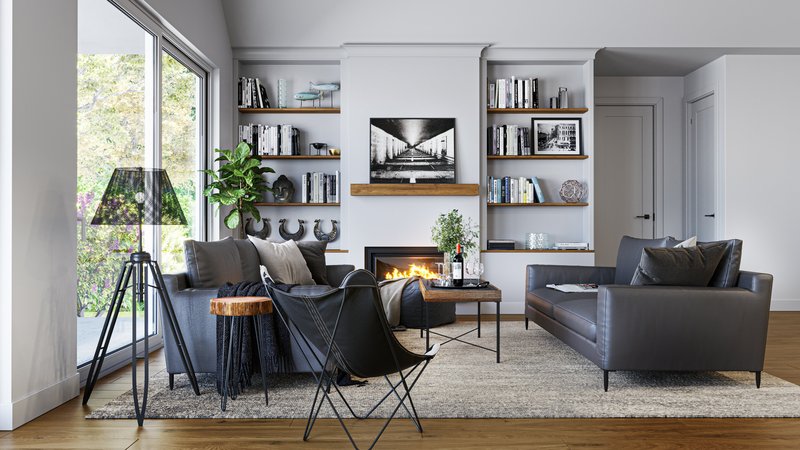Future Trends in Interior Rendering: Predictions and Insights
The field of interior rendering plays a crucial role in helping designers and clients visualize and communicate design concepts. As technology continues to advance at a rapid pace, the future of interior rendering holds exciting possibilities. This article explores the predicted trends and insights that are expected to shape the future of interior rendering.
Recap of Recent Developments in Interior Rendering
Over the past decade, interior rendering has undergone significant advancements. From improvements in rendering software to the integration of real-time rendering engines, designers have been able to create more realistic and immersive visualizations. These developments have profoundly impacted the interior design industry, enabling designers to communicate their ideas with greater clarity and accuracy.
The Future of Realism in Interior Rendering
The pursuit of photorealistic rendering is an ongoing endeavour in the field of interior rendering. Advancements in lighting simulation, texture mapping, and detail accuracy are predicted to push the boundaries of realism even further. With the integration of physically-based rendering (PBR) and ray tracing technologies, interior renders will approach a level of visual fidelity that is almost indistinguishable from photographs. This increased realism will allow designers and clients to make more informed decisions during the design process.
Virtual Reality and Augmented Reality in Interior Rendering
Virtual reality (VR) and augmented reality (AR) have already significantly impacted the interior rendering field. The ability to experience spaces in a fully immersive virtual environment or overlay digital elements onto the real world has transformed the way designers and clients interact with interior designs. As technology continues to evolve, VR and AR are expected to become more accessible and offer even more realistic and interactive experiences. This will enable clients to virtually walk through and interact with their future spaces, confidently making design decisions.
Increased Accessibility and Democratization
The democratization of interior rendering is a trend that is gaining momentum. Software developers are increasingly focused on creating user-friendly rendering tools that cater to a wider audience, including non-experts. This accessibility allows designers, homeowners, and even DIY enthusiasts to create their interior renders, empowering them to visualize and experiment with design ideas. The availability of online tutorials, communities, and libraries of pre-built assets further supports the democratization of interior rendering.
The Intersection of Interior Rendering and Artificial Intelligence

Artificial intelligence (AI) is poised to revolutionize the field of interior rendering. AI-powered algorithms can automate certain aspects of the rendering process, such as scene generation, material selection, and lighting optimization. Machine learning techniques can also analyze vast amounts of design data, providing valuable insights and recommendations to designers. The integration of AI in interior rendering has the potential to streamline the design process, enhance creativity, and improve efficiency.
Sustainability in Interior Rendering
As sustainability becomes an increasingly important aspect of interior design, interior rendering can contribute to more eco-conscious practices. The integration of sustainable materials, energy-efficient lighting simulations, and the ability to analyze environmental impact through rendering software will help designers make more sustainable choices. Additionally, virtual simulations can assist in assessing natural lighting, thermal comfort, and energy usage, allowing for more sustainable design decisions.
Case Studies: Innovators and Visionaries in Interior Rendering
Examining the work of innovative professionals and companies in the field of interior rendering provides valuable insights into the future of the industry. By exploring their approaches, techniques, and groundbreaking projects, designers can gain inspiration and learn from the advancements they have made. Case studies highlight how these pioneers are pushing the boundaries of interior rendering and shaping the industry's future.
Conclusion
The future of interior rendering holds immense potential for advancements that will revolutionize the interior design industry. With the continued pursuit of realism, the integration of virtual and augmented reality, increased accessibility, the intersection of AI, and a focus on sustainability, interior rendering is poised to transform the way
Our Services
View some of our most popular services below.











